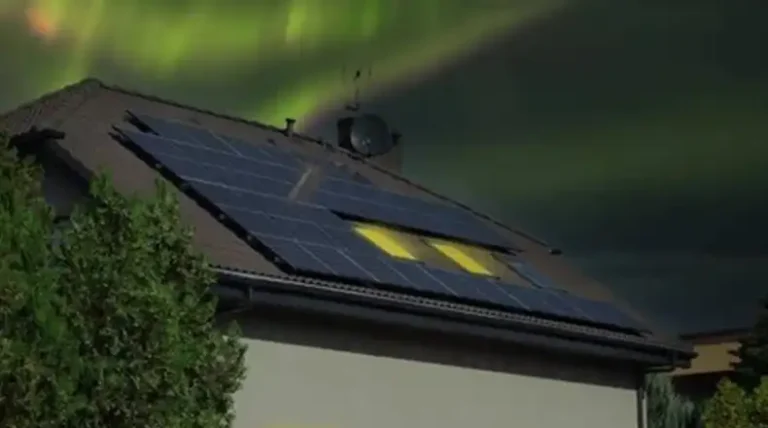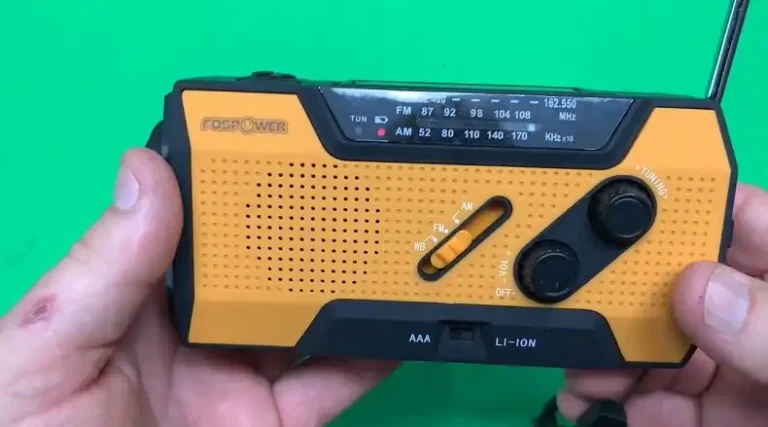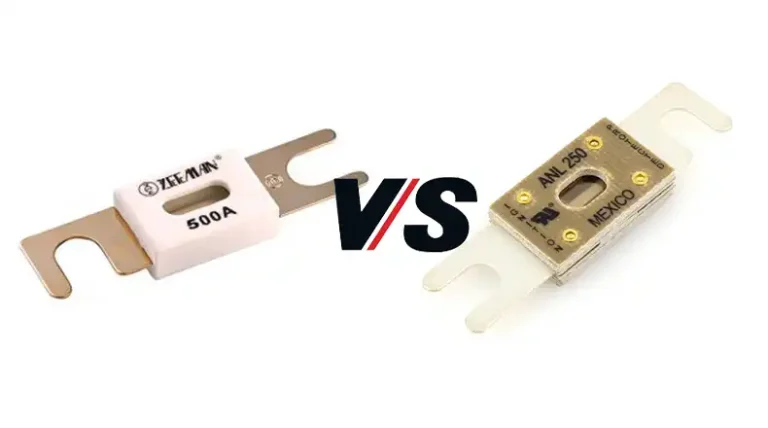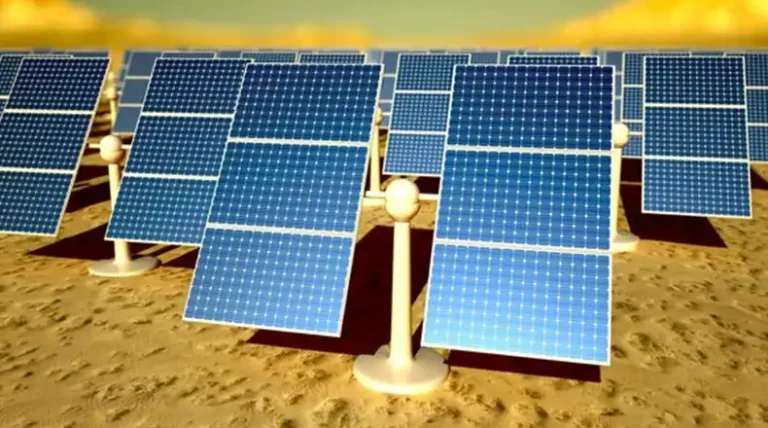Choose The Best Off Grid Solar Kit For Home (2024 Updated)
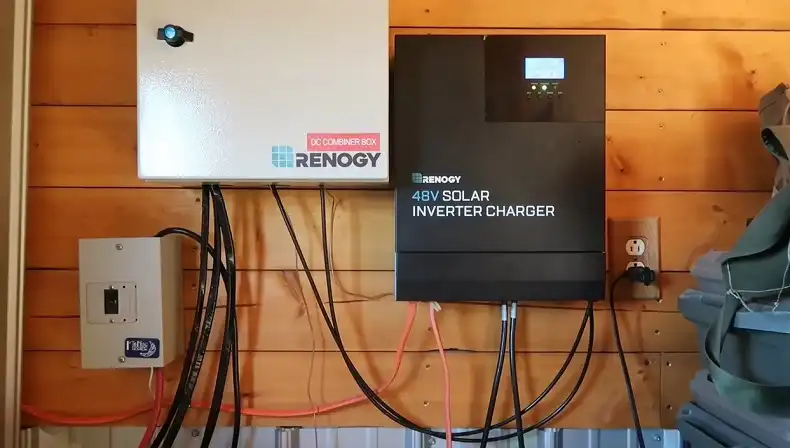
Off-grid solar energy systems are becoming increasingly popular for powering homes, cabins, boats, and RVs in remote locations.
Unlike grid-tied systems, off-grid setups provide complete energy independence but require careful planning and component selection.
When choosing the best off-grid solar kit for your home, it’s crucial to consider factors such as your energy consumption, budget, and specific power needs.
This guide will explore top brands like AcoPower, Renogy, and Victron, and discuss key components like solar panels, charge controllers, batteries, and inverters.
By understanding these elements and following our recommendations, you’ll be better equipped to select an off-grid solar system that meets your unique requirements and provides reliable, sustainable power for your off-grid lifestyle.
Factors to Consider When Choosing an Off-Grid Solar System
Before diving into specific brands and components, it’s essential to understand the key factors that will influence your off-grid solar system selection.
These considerations will help you narrow down your options and choose a system that best fits your needs and circumstances.
1. Energy Consumption
The first step in selecting an off-grid solar system is to assess your energy needs. This involves calculating the total wattage of all the devices and appliances you plan to power, multiplied by the number of hours they’ll be used each day.
This calculation will give you a baseline for the size of the system you’ll need. For example, if you’re powering a small cabin with basic lighting, a refrigerator, and some electronic devices, your daily energy consumption might be around 2-3 kWh.
However, for a full-time off-grid home with modern amenities, you might need 10-30 kWh per day or more.
2. Budget
Off-grid solar systems can vary widely in price, from a few hundred dollars for basic setups to tens of thousands for comprehensive home systems.
Your budget will play a significant role in determining the size and quality of the system you can install.
While it’s tempting to opt for the cheapest option, remember that investing in higher-quality components can lead to better performance and longevity, potentially saving you money in the long run.
3. Kit Components
When comparing off-grid solar kits, pay close attention to the components included. A complete kit should typically include:
- Solar panels
- Charge controller
- Batteries
- Inverter
- Mounting hardware
- Wiring and connectors
Some kits may not include all these components, so be sure to factor in any additional purchases you’ll need to make.
4. Warranties
Warranty coverage is an important consideration when investing in an off-grid solar system.
Look for kits that offer comprehensive warranties on all major components. Many reputable manufacturers provide warranties ranging from 5 to 25 years on their products.
5. Installation Needs
Consider your DIY skills and the complexity of the system you’re considering. While many off-grid solar kits are designed for self-installation, larger or more complex systems may require professional help. Factor in any potential installation costs when budgeting for your system.
Top Off-Grid Solar System Brands
Now that we’ve covered the key considerations, let’s look at some of the top brands in the off-grid solar market. These companies have established reputations for quality and reliability in the off-grid community.
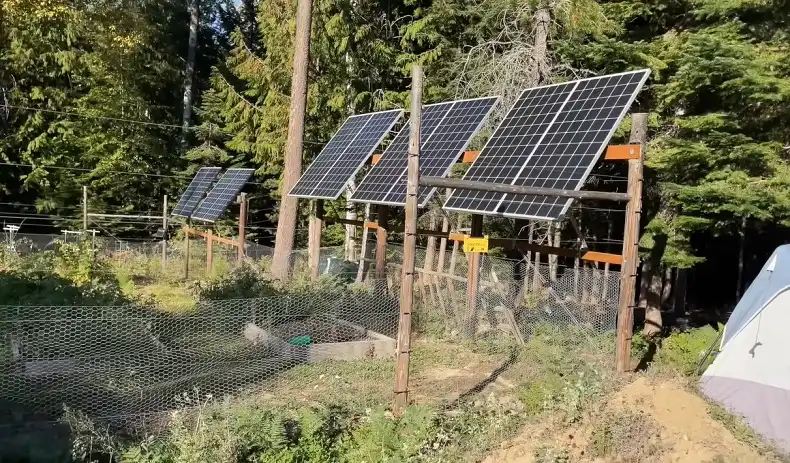
AcoPower
AcoPower offers a wide range of off-grid solar products, from small portable kits to larger home systems. They’re known for their affordable pricing and user-friendly designs, making them a popular choice for beginners and DIY enthusiasts.
Renogy
Renogy is another well-regarded brand in the off-grid solar space. They offer a comprehensive range of products, including solar panels, charge controllers, and batteries. Renogy’s kits are known for their quality and value for money.
WindyNation
WindyNation specializes in small to medium-sized off-grid solar systems. They offer both complete kits and individual components, allowing for customization to meet specific needs.
Victron
Victron Energy is highly respected in the off-grid community for their high-quality inverters and charge controllers. While they don’t offer complete kits, their components are often used in custom-built systems.
Outback
Outback Power is known for their robust, high-performance systems designed for challenging off-grid environments. Their products are often used in larger, more complex installations.
Magnum
Magnum Energy specializes in inverters and has a reputation for durability and reliability. Like Victron, their products are often incorporated into custom off-grid setups.
Key Components of an Off-Grid Solar System
Understanding the function of each component in an off-grid solar system will help you make informed decisions when selecting your kit.
1. Solar Panels
Solar panels are the heart of your off-grid system, converting sunlight into electricity. When choosing panels, consider factors such as efficiency, durability, and power output.
Monocrystalline panels are generally more efficient but also more expensive, while polycrystalline panels offer a good balance of cost and performance.
2. Charge Controllers
Charge controllers regulate the flow of electricity from your solar panels to your batteries, preventing overcharging and extending battery life. There are two main types:
- PWM (Pulse Width Modulation): More affordable but less efficient.
- MPPT (Maximum Power Point Tracking): More expensive but can increase charging efficiency by 20-30%.
3. Batteries
Batteries store the energy generated by your solar panels for use when the sun isn’t shining. The two main types used in off-grid systems are:
- Lead-acid: Less expensive but require more maintenance and have a shorter lifespan.
- Lithium-ion: More expensive upfront but last longer, require less maintenance, and can be discharged more deeply without damage.
4. Inverters
Inverters convert the DC power stored in your batteries into AC power that can be used by standard household appliances. When selecting an inverter, ensure it can handle the maximum load you expect to place on your system.
Pros and Cons of Off-Grid Solar Systems
Before committing to an off-grid solar system, it’s important to weigh the advantages and disadvantages:
Pros:
- Energy independence
- No utility bills
- Environmentally friendly
- Ability to power remote locations
Cons:
- Higher upfront costs
- Requires more maintenance
- May need backup power source for extended periods of low sunlight
- System sizing is crucial to avoid power shortages
Sizing Your Off-Grid Solar System
Proper sizing is crucial for a successful off-grid solar installation. Here’s a simplified approach:
- Calculate your daily energy usage in watt-hours.
- Determine the average daily sunlight hours in your location.
- Divide your daily energy usage by the sunlight hours to get the minimum solar panel wattage needed.
- Add 20-30% to account for system inefficiencies and future energy needs.
- Calculate battery capacity based on how many days of autonomy you want (typically 2-3 days).
Remember, it’s often better to slightly oversize your system to ensure you have enough power during periods of low sunlight or increased energy usage.
Installation and Maintenance
While many off-grid solar kits are designed for DIY installation, it’s important to assess your skills honestly. If you’re not comfortable with electrical work, it’s best to hire a professional installer.
Once installed, off-grid solar systems require regular maintenance:
- Clean solar panels periodically to ensure maximum efficiency
- Check and tighten electrical connections annually
- Monitor battery health and replace when necessary
- Inspect system components for signs of wear or damage
Regular maintenance will help ensure your system operates efficiently and has a long lifespan.
Final Words
Choosing the best off-grid solar kit for your home requires careful consideration of your energy needs, budget, and technical requirements.
By understanding the key components and top brands in the market, you can make an informed decision that provides reliable, sustainable power for your off-grid lifestyle.
Remember to properly size your system, consider the pros and cons, and plan for regular maintenance. With the right setup, an off-grid solar system can provide years of energy independence and significant long-term savings.
Frequently Asked Questions
1. How Much Solar Power Is Needed To Run A House Off-Grid?
The amount of solar power needed to run a house off-grid depends on the household’s energy consumption, which varies based on the size of the house, number of occupants, and electrical appliances used.
On average, a typical home might require a solar power system that produces between 5,000 to 7,000 watts (5 to 7 kW) of energy. This usually translates to around 20 to 30 solar panels, depending on the efficiency and wattage of the panels.
2. Is It Worth It To Go Off-Grid With Solar?
Going off-grid with solar can be worth it if you are in a remote location where connecting to the grid is expensive or impossible, or if you value energy independence.
However, off-grid systems require a significant upfront investment in solar panels, batteries, and backup generators. Maintenance and energy management are also more demanding. For many, the benefits of going off-grid may outweigh these challenges, but it’s essential to weigh the costs and benefits carefully.
3. Which Solar System Is Best For Home: On-Grid Or Off-Grid?
For most homeowners, a grid-tied solar system is the best option because you don’t need to invest in an expensive battery backup system to store excess energy.
Grid-tied systems allow you to draw electricity from the grid when your solar panels aren’t producing enough power, and they enable you to sell excess energy back to the grid. This setup is typically more cost-effective and easier to manage than an off-grid system.
4. What Are The Drawbacks Of An Off-Grid Solar System?
The drawbacks of an off-grid solar system include the high initial cost of purchasing and installing solar panels, batteries, and backup generators.
Off-grid systems also require regular maintenance, and energy management can be challenging, especially during periods of low sunlight. Additionally, without a connection to the grid, you have no backup source of power if your solar system fails or if your energy consumption exceeds your system’s capacity.
5. What Is The Best Off-Grid Solar Battery Setup?
The best off-grid solar battery setup typically involves using a high-capacity, deep-cycle battery bank, such as lithium-ion batteries, which are known for their efficiency, long lifespan, and ability to discharge a large amount of power.
A popular setup might include batteries like the Tesla Powerwall, LG Chem RESU, or multiple lead-acid batteries, depending on budget and energy needs. The ideal setup also includes a battery management system to optimize performance and longevity.
6. How Many Solar Panels Are Needed To Run A 2,000 Sq Ft House?
To run a 2,000 square foot house, you would typically need between 20 to 24 solar panels. This estimate assumes an average energy consumption and standard solar panel efficiency. The actual number of panels required can vary based on factors such as location, roof orientation, and the specific energy needs of the household.
7. How Big Of A Battery Bank Do I Need For An Off-Grid Solar System?
The size of the battery bank needed for an off-grid solar system depends on your energy consumption, the number of days you want to store power for, and the type of batteries used.
Generally, a battery bank that can store 8,000 to 15,000 watt-hours (8 to 15 kWh) of energy is needed for a typical household, but larger homes or those with higher energy demands may require a larger battery bank.
8. How Many Batteries Does It Take To Run A House Off-Grid?
To run a house off-grid, you’ll need around eight to twelve (or more) batteries, depending on their capacity and your energy needs.
The exact number depends on factors such as the total energy consumption, desired autonomy (how many days you want to store energy for), and the type of batteries used (e.g., lithium-ion, lead-acid). More batteries may be required for larger homes or those with higher energy demands.

